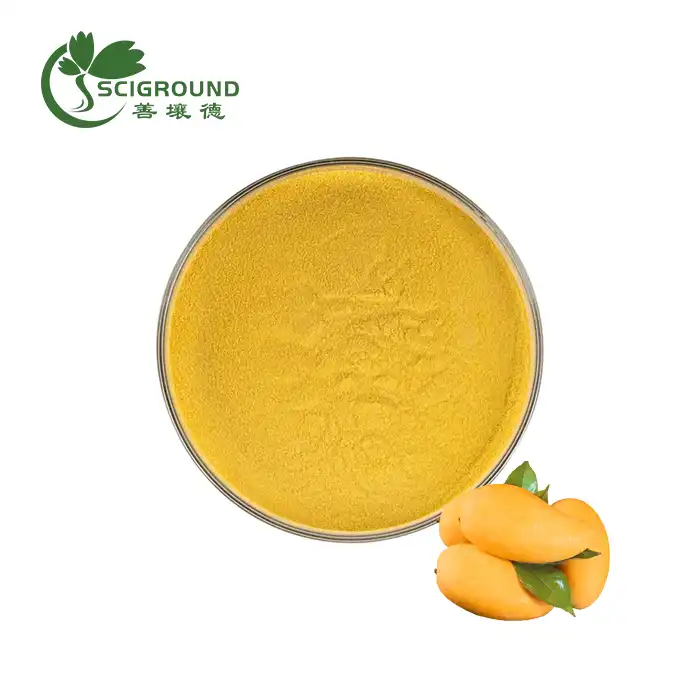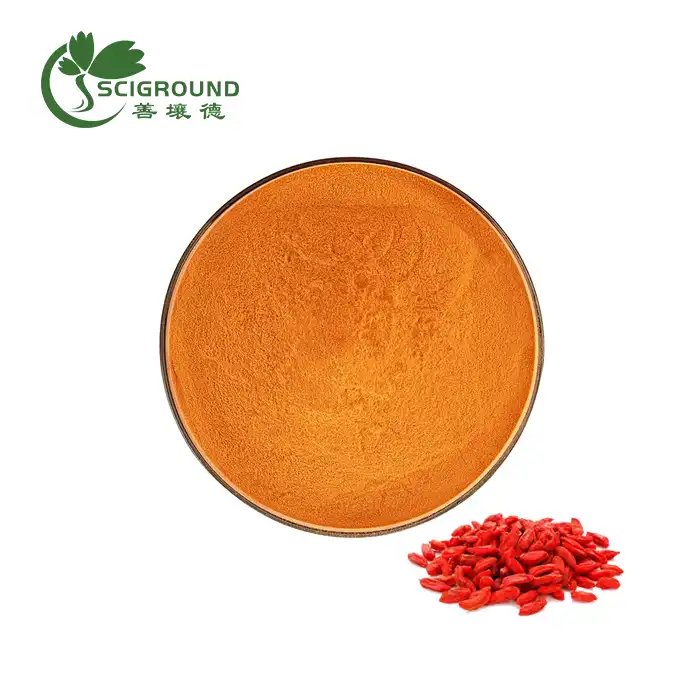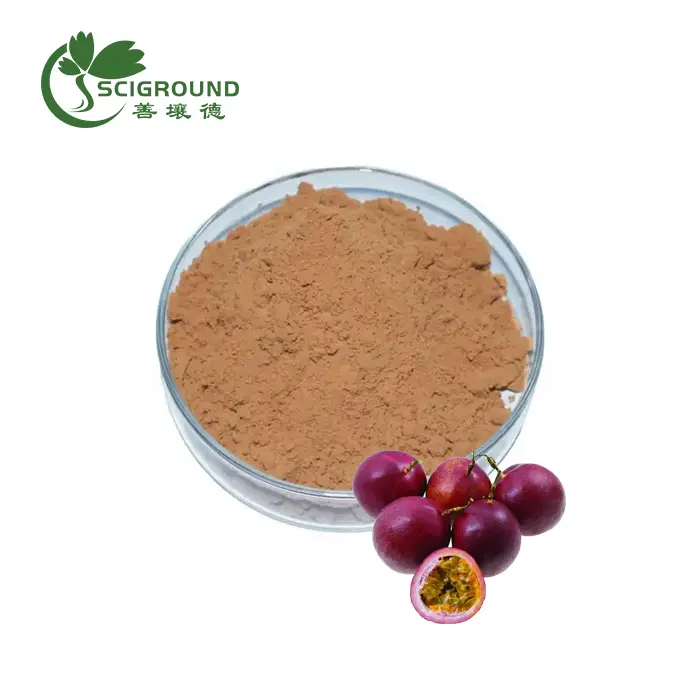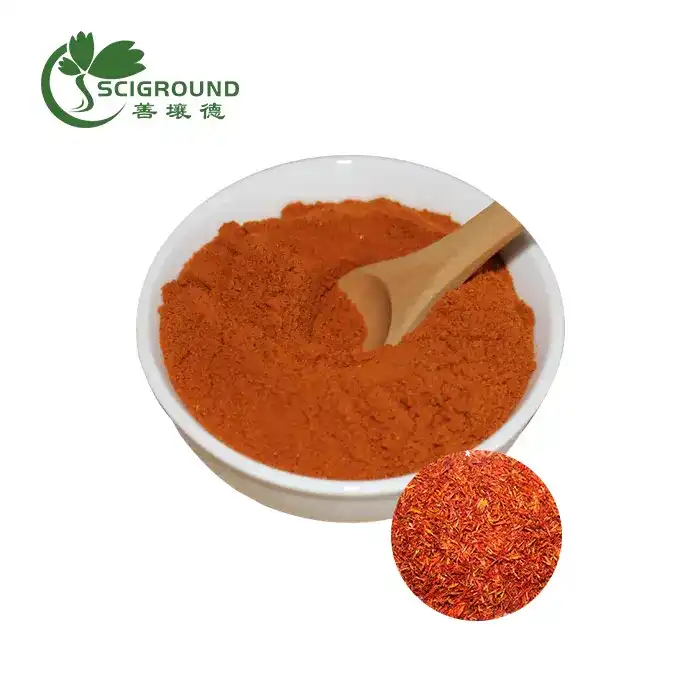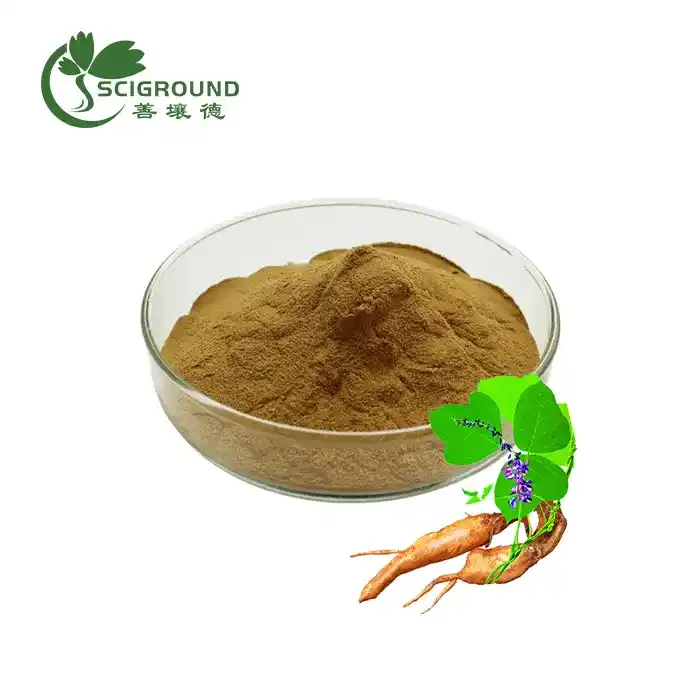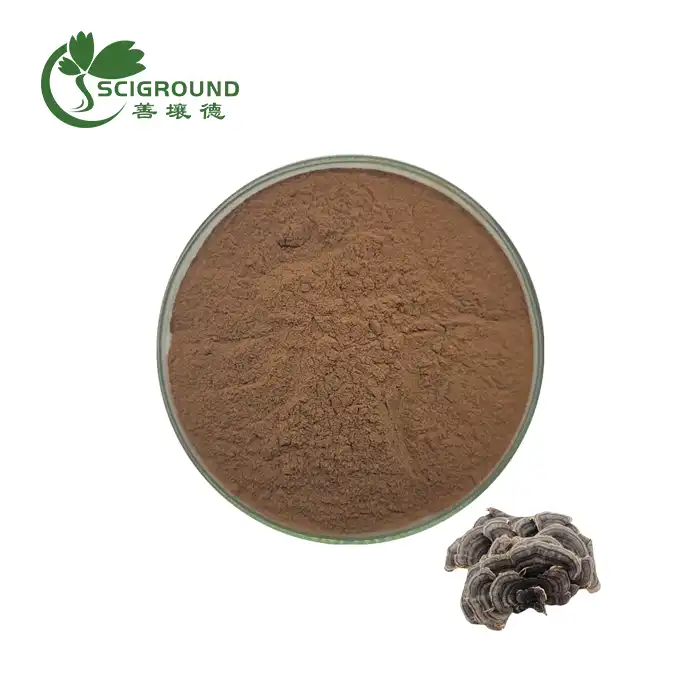Can I Add Wheat Protein Powder to Babies Food
Introducing any new food or supplement to a baby's diet requires careful consideration and consultation with a pediatrician. Wheat protein powder, derived from wheat, can be a source of protein and other nutrients, but there are several factors to bear in mind when it comes to introducing it to a baby's food.
How Do You Use Wheat Protein Powder?
Wheat protein powder is a versatile ingredient that can be incorporated into a variety of recipes to boost protein content. Here are several ways to use it in your diet:

Smoothies:
Add a scoop of wheat protein powder to your morning smoothie. It blends well with fruits, vegetables, yogurt, and liquids, providing an easy and nutritious protein boost to your drink.
Baked Goods:
Enhance the nutritional profile of baked goods such as muffins, pancakes, or bread by incorporating it into the batter. This is a great way to increase protein content in snacks and breakfast items.
Oatmeal and Cereal:
Mix it into your morning oatmeal or cereal. Stirring it into hot cereals is an effective way to add protein without significantly altering the taste or texture.
Protein Bars and Energy Bites:
Create homemade protein bars or energy bites by combining it with ingredients like nut butter, honey, oats, and dried fruits. Shape into bars or bites for a convenient and protein-packed snack.
Soups and Stews:
For a savory option, sprinkle wheat protein extract powder into soups, stews, or casseroles. It can be stirred into the broth or sauce to add a protein boost to your savory dishes.
Yogurt Parfaits:
Layer wheat protein powder with yogurt and fresh fruits to create a delicious and protein-rich parfait. This makes for a satisfying and nutritious snack or breakfast option.
Homemade Protein Shakes:
Blend wheat protein supplement powder with milk or a dairy-free alternative, and add flavorings like vanilla extract or cocoa powder. Customize your protein shake with fruits or vegetables for added nutrients.
Pasta and Rice Dishes:
Mix wheat protein extract powder into pasta sauces or rice dishes. This is a subtle way to increase the protein content of your meals without significantly altering the taste.

Salad Dressings:
Incorporate it into homemade salad dressings. It can be blended with olive oil, vinegar, and herbs to create a protein-enriched dressing for your salads.
Fortify Nutritional Drinks:
If you consume nutritional drinks or meal replacement shakes, consider adding wheat protein extract powder to increase their protein content and overall nutritional value.
Always follow the recommended serving size on the product label and gradually incorporate wheat protein powder into your diet to monitor how your body responds. Additionally, if you have any dietary restrictions or health concerns, consult with a healthcare professional or nutritionist before adding new supplements to your routine.
Can You Add Protein Powder to Normal Food?
Many adults and athletes incorporate protein powder into their everyday diet to bolster their protein intake. While wheat protein powder can be a convenient and effective way to supplement protein for adults, the same may not be true for babies. It is important to note that babies have different nutritional needs and digestive capabilities compared to adults.
Generally, it is not recommended to add protein powder to normal food for babies. A well-balanced diet that includes age-appropriate solid foods and breast milk or formula is usually sufficient to meet their nutritional requirements. Introducing protein powder prematurely or without guidance from a healthcare professional may disrupt the baby's delicate digestion and potentially lead to adverse effects.
Can You Put Protein Powder in Baby Food?
Introducing protein powder to baby food should be approached with caution and only under the guidance of a pediatrician. Generally, it's judicious to prioritize natural food sources for babies, and the preface of supplements, including protein greasepaint, is generally not recommended until after consulting with a healthcare professional.
babies primarily calculate on bone milk or formula for their nutritive requirements during the first six months. As reciprocal foods are introduced, it's essential to prioritize whole foods that offer a variety of nutrients.
still, it's stylish to bandy these with a pediatrician who can give individualized advice grounded on the baby's experimental stage, health status, If there are enterprises about the baby's protein input. The preface of protein greasepaint or supplements to a baby's diet without professional guidance may pose pitfalls, including implicit allergens or digestive issues.
In summary, always consult with a healthcare professional before considering the addition of protein greasepaint or any supplements to a baby's diet to insure their nutritive requirements are met in a safe and applicable manner.
In conclusion, while wheat protein greasepaint may have its benefits for grown-ups, its use in babies' food is generally not recommended. It's pivotal to concentrate on furnishing a well- balanced and varied diet for your baby to insure they admit all the necessary nutrients for healthy growth anddevelopment.However, always consult with a healthcare professional for substantiated advice, If you have enterprises about your baby's nutrition.
Thank you for choosing Sciground as your trusted source of information on nutrition for babies and children. We strive to bring you substantiation- grounded content to help you make informed opinions regarding your child's well- being.
References:
Huffman, L. E., & Harper, A. E. (1985). Wheat Gluten as a Protein Source for Weanling Rats. The Journal of Nutrition, 115(11), 1440–1448. doi: 10.1093/jn/115.11.1440
Joye, I. J., Lagrain, B., & Delcour, J. A. (2009). Impact of Wheat Protein on the Digestibility of Starch in Fresh Pasta Products: A Study in Vitro. Cereal Chemistry, 86(6), 680–686. doi: 10.1094/CCHEM-86-6-0680
Related Industry Knowledge
- Is agar agar powder the same as jelly powder?
- What are the side effects and risks of acitretin?
- Is hydrolyzed wheat protein the same as gluten?
- Is Passion Flower Extract Safe During Pregnancy
- What foods contain Dihydromyricetin?
- What are the sources of Dihydromyricetin?
- What is Polygala root good for?
- Inulin vs Psyllium
- Grape Seed Extract vs Resveratrol
- Pea Protein Powder: The Answer to Your Fitness and Health Goals?
